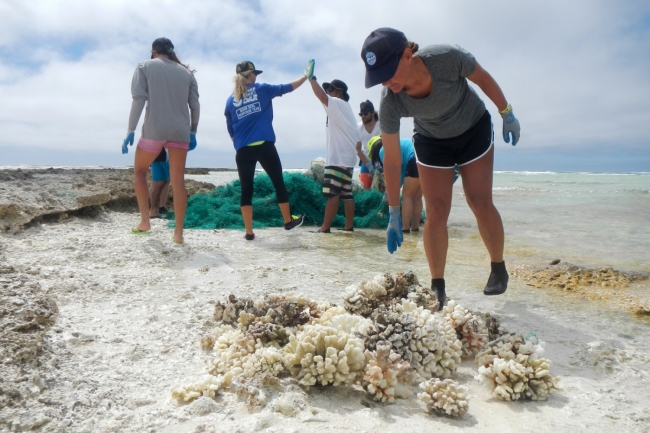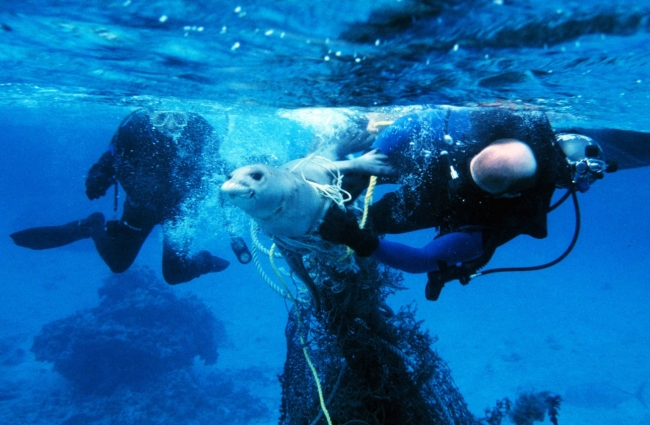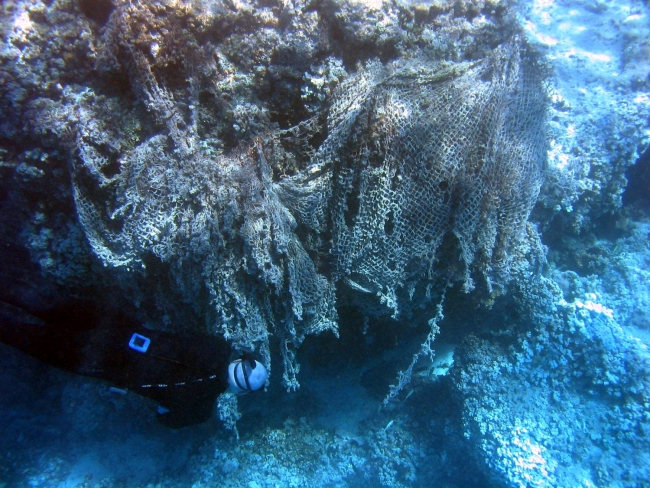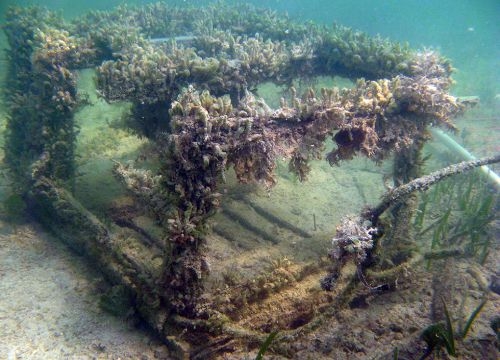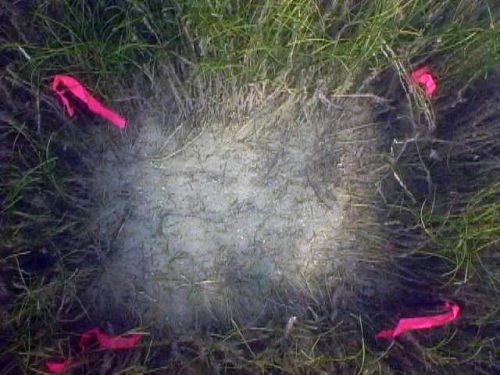Marine debris and plastic pollution first appeared in scientific literature in the 1970s, and have since become highly published topics. Debris can be found in a variety of marine environments — from coasts and remote beaches, to Arctic and Antarctic regions — throughout the open ocean and all the way down to the deepest depths of the sea floor.
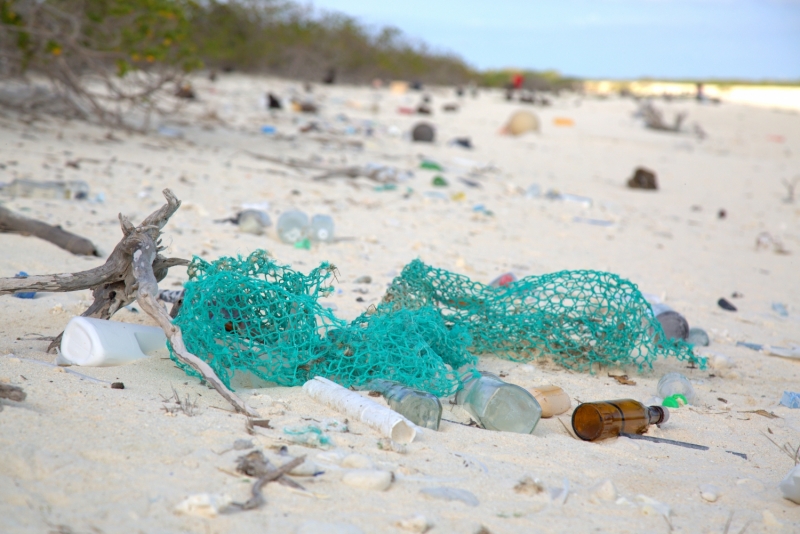
Working as a Sea Grant Fellow for NOAA’s Marine Debris Program (MDP), last year I began a project to evaluate the ecosystem service benefits of marine debris removal. Through this project, we are using scaling techniques to evaluate marine debris removal projects and compare them to other types of ecological restoration.
Marine debris has a number of documented impacts to habitats and natural resources. It can cause physical damage to shorelines, marshes, living coral reefs, and the benthos. Marine debris can also cause injury to wildlife from entanglement and ghost fishing, where derelict fishing gear can continue to catch and kill ocean life for many years. While knowledge is continually advancing on the impacts of marine debris, methods to comparatively evaluate those impacts across different geographic locations, habitats, and types of debris have not been fully developed.
Working with economist Adam Domanski, we’ve combed through the literature and determined what we know about marine debris removal and its quantifiable ecological benefits, and applied it to a framework known as habitat/resource equivalency analysis. This approach, commonly used in natural resource damage assessment cases, can be applied to better evaluate the comparative ecosystem service benefits of removing marine debris by using a common set of metrics across multiple projects.
For example, a derelict crab trap causes impacts to habitat (by scouring), and resources (by ghost fishing). Existing research tells us how much seagrass is impaired by scouring, and how quickly it recovers after trap removal (Uhrin et al, 2005). Removing a trap helps that patch of seagrass recover, and generates ecosystem service benefits that otherwise would not have occurred if the derelict trap was left in place. Using an ecosystem service scaling approach, we can now compare a trap removal project to other types of projects targeted at restoring seagrass. A similar approach can be used to compare the resource benefits from reduced ghost fishing.
Moving forward, our goal is to make this framework available for use by resource managers, scientists, removal project leads, and programs such as the MDP. Understanding how the benefits of marine debris removal efforts relate to other types of restoration can allow resource managers to focus on projects that produce the most efficient gains in ecosystem services.
This approach can continue to draw on existing literature, allowing a resource manager to apply the most up-to-date science following an event that damages a habitat. Marine debris removal can then be scaled for restoration efforts, ultimately serving the Office of Response and Restoration (OR&R) and external resource managers in decision-making.
From this project, I have been reminded of the value in exploring new ideas and the advantage of collaborating with other offices within NOAA. Without collaboration with OR&R’s Assessment and Restoration Division, this project would not have come to fruition. Collaborative projects such as this are what make NOAA such a great agency.
For more information about projects and issues related to marine debris, visit the Office of Response and Restoration's Marine Debris Program website.
Related stories:
- Abandoned and Derelict Vessels
- Microplastics & Megafauna
- 10 Things You Should Know About Marine Debris
- How do natural disasters contribute to marine debris?
- What is ghostfishing?
- TRASH TALK: Where does marine debris come from?
- Teach #DebrisFree and become part of the solution to ocean pollution
- Garbage Patches Explained

